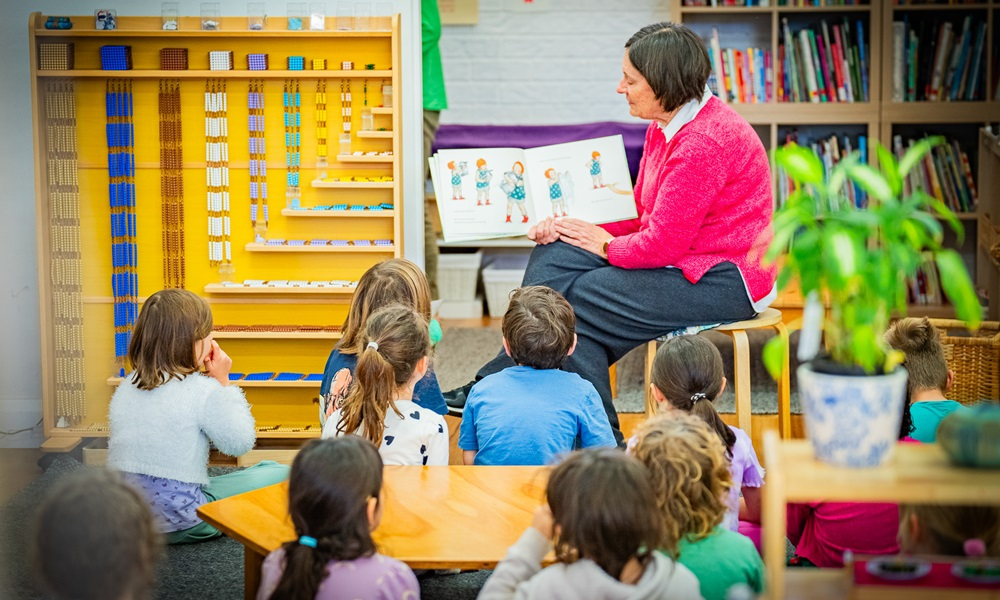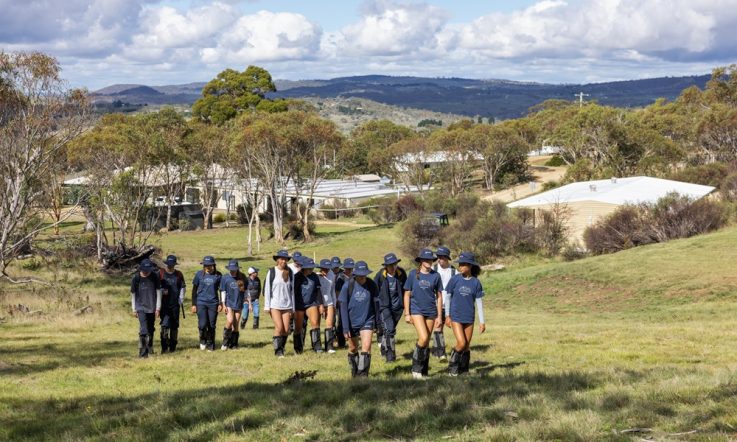As a school leader, organising your school timetable might be a task you’re beginning to turn your mind to as we look ahead to the 2026 school year.
There’s a lot to fit into the school day – outside curriculum delivery, it’s also important to leave room for other initiatives to support student learning and wellbeing. Staff also need time away from face-to-face teaching for tasks like planning, observations and assessment. Your timetable priorities will differ greatly depending on many internal and external contextual factors unique to your setting.
At 2 schools in Australia, significant changes have been made to the school calendar to better meet the needs of their community. Central Coast Montessori in New South Wales last year moved to an 8-term structure, and online school Crimson Global Academy has recently implemented a trial of a 4-day learning week.
An 8-term structure to support wellbeing and learning
At Central Coast Montessori, a new academic structure called ‘rhythm re-imagined’ was introduced at the primary school campus in 2024.
The new model was introduced as a strategy to meet wellbeing and learning needs. Families, students and educators all reported feeling tired at the end of term, and the 8-term model aims to address this energy dip by creating shorter cycles punctuated by regular pauses.
‘It replaced the traditional NSW calendar of long 9-11 week terms and extended breaks with an 8-term structure. Learning is now spread across shorter, more focused cycles, giving students and [educators] regular chances to pause and recharge,’ Principal Dimitri Nicolaou tells Teacher.
The structure is aligned to Montessori principles and follows a 4-step pattern: learn, pause, reflect, return. ‘Lessons and units can build, pause and crescendo naturally, giving children space to absorb while still meeting curriculum standards. The result is high energy, continuous learning and a connected community,’ Nicolaou explains.
‘Each 4–5 week term explores a big idea inspired by Montessori’s “Great Stories” – such as the story of the universe, of writing, or of human beings …. After each term a “rest and reflection” week allows students to recharge, catch up or explore enrichment,’ he says, adding that staff use this time for planning, professional learning and refreshing classrooms.
The feedback from the school community so far has been positive – students are returning from breaks ready to learn and staff are reporting they have more sustainable energy. Families are enjoying the predictability, supported by a wall calendar that displays the terms, breaks and events for their reference.
‘Although this is only the second year, the signs are positive. Surveys and observations show high focus and strong engagement across terms. It is too early to measure long-term factors like illness or leave, but research supports this approach; spacing learning over time helps children retain knowledge and form deeper connections. The 8-term rhythm brings this to life, creating a school year that is balanced, focused and energised,’ Nicolaou reflects.
Increasing flexibility with a 4-day learning week
In February this year, Crimson Global Academy introduced a trial of a 4-day learning week. An online education provider, the school serves students in different time zones and has 3 virtual campuses. One campus is following the 4-day academic week calendar.
Principal Mark Phillips tells Teacher the idea came about in response to a range of timetabling needs. ‘With students based in many parts of the world (primarily New Zealand, Australia, Southeast Asia) providing space for our extra curricula program was challenging. We also found that our academic day was elongated with students having inefficient gaps during their day.
‘Condensing the formal teaching week to 4 days allows extended time for research, homework and assignments in a substantial block. It also provides effective time for extracurricular activities.’
The model involves 60-minute lessons on Monday to Thursday that have built-in intervals during the day. Fridays are reserved for students to participate in activities of choice and for staff to have meetings, and time for planning and marking. ‘The idea is for students and staff to have a considerable block of time to manage as they see fit,’ Phillips explains.
‘The same quantity and quality of work is required from everyone. It is simply a reorganisation of the day for what we believe is greater efficiency and just a calmer environment to learn.’
Feedback from students, staff and families has been positive so far. The model allows a 3-day break from formal lessons for students, which it is hoped will support wellbeing. Although the teaching days are more intense, staff have space for planning, marking and recharging for formal lessons in the 4-day model. Families are also enjoying greater flexibility to manage their own personal commitments with a 3-day break from formal lessons.
The 4-day learning week model will be continuing in 2026.
‘As an online education provider, we are not constrained by building availability, hence that does give us increased flexibility,’ Phillips says. ‘What we might consider, to particularly cater for students with extended academic programs [taking more subjects than required], is to provide some options to have classes on a Friday to reduce the stress an additional subject brings in 4 days. We are about providing optimal choices for our students.’
What are the current strengths and challenges of your existing school calendar and timetable?
How much choice is available to students and staff to decide how the school day and week is organised?
As a school leader, what feedback mechanisms could you use to involve students, staff and families in the decision-making process?



